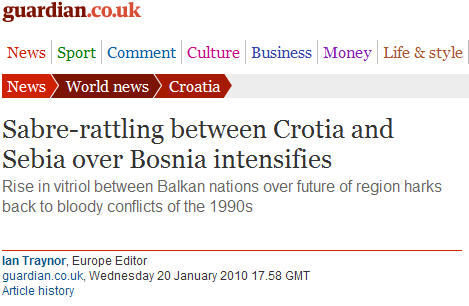I’m one of those bad savers you keep reading about in the financial pages: I’m not saving enough for my retirement. Of course, depending on where you get your retirement advice from, few of us can save enough to retire comfortably. Here’s what I wrote about this back in 2004:
I’ve been saving money in my registered retirement savings plan, although I’ve never been able to afford to put away the legal maximum for my income (I’ve come close, but never hit the max). This is literally the only tax dodge available to Canadians earning less than $200,000 per year: the money you save in that year is deducted from your taxable income and the interest it earns is also tax-deferred until retirement.
This means I’m saving a theoretical 14% of my pre-tax income as provision against starvation once I retire. Sounds reasonable, no?
According to the banks, no. If you go to any of the major Canadian bank websites and look at their online retirement planning tools, you’ll discover that no Canadian can ever really afford to retire. In my case, going on the (doubtful) assumption that I continue to earn the same as I do now until I retire, I need to save approximately 105% of my pre-tax income in order to barely maintain my standard of living after retirement. If I manage to stay employed for a few years after age 65, I cut that down to needing to save only 94% of my pre-tax income.
In the most hopeful scenario, where I work until age 78 and die the same year, I won’t go bankrupt.
Okay, I’m exaggerating, but not by much. I’ve always found it depressing to do this sort of planning, and the bank websites (which of course are biased to encourage you to keep more money with them) sure don’t help. For example, the CIBC retirement calculator says I need to save just over 75% of my take-home pay every month in order to be able to retire at 65. Aaaaggghhh!!!
Since those balmy, optimistic days, I’ve gone through several jobs, and had no opportunity to match my earlier savings rate. The last couple of years, I’ve even had to draw down my savings to cover periods of unemployment. So maybe I need to work to age 81 before I can retire . . .
However, perhaps the situation isn’t quite as dire as all that. David Aston has an article in MoneySense magazine which at least avoids the typical “gotta save multi-millions” line the banks tend to give you:
This is the worst-case scenario, but it’s good to know what you’ll need if you just want to scrape by, if only because it gives you a starting point to build from. For this scenario, the costing has already been done for us in a recent study, called Basic Living Expenses for the Canadian Elderly, by three University of Waterloo researchers. The study describes a no-frills retirement as one in which a couple rents (rather than owns), has no vehicles (so they take public transit), and it doesn’t include spare cash for even minor indulgences such as cable TV or alcohol. This is not the stuff of most people’s retirement dreams, but the study does budget for three nutritious home-prepared meals a day, a one-bedroom apartment plus utilities, along with typical health-care costs and other essentials like clothing and personal-care products.
How much do you need?
The study’s authors conclude that the annual cost of such a retirement in five major Canadian cities ranges from $20,200 to $27,400. Here’s the good news: to achieve this bare-bones scenario you don’t have to save a penny. The combination of full Old Age Security (OAS) and the Guaranteed Income Supplement (GIS) program for low-income seniors pretty much covers all your basic needs, at least outside the highest-rent cities. If you and your spouse are at least 65, those government programs would provide you with a combined $22,750 a year if you have no other income. “We’ve kind of made sure the Canadian elderly don’t live in poverty but we’ve given them, like, 50 cents more than the poverty line,” says study co-author Robert Brown.
The scenario does, however, require the Canadian government to make some pretty fast changes to how it’s funding the OAS, GIS, and CPP programs. CPP is, in theory, fully self-funded but the coming “bulge” in retirement rates from aging Baby Boomers will almost certainly require both increased premiums and top-up from other government revenue streams. Oh, and increased claw-backs from other income retired seniors may have.





